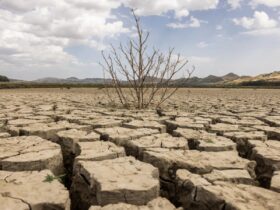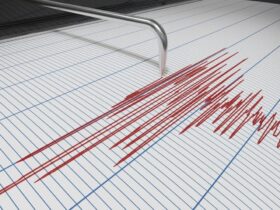The ranking dedicated to premature deaths due to air pollution published in The Lancet Planetary Health sees many Italian cities in the top positions
The ranking dedicated to premature deaths due to air pollution which recently was published in The Lancet Planetary Health unfortunately sees many Italian cities in the top positions: and this is a very unremarkable result, especially if we take into account the fact that the sample examined covered more than a thousand European cities. Two of the most important pollutants were based on: nitrogen dioxide and fine particles. Lombardy dominates this far from honorable ranking: there is no Milan in first place, as if to dispel a cliché, but Brescia and Bergamo. The top ten cities with premature deaths from fine dust pollution also include Saronno, in the province of Varese, and Vicenza.
The numbers
According to the guidelines of the World Health Organization, for Pm10 the annual average that should not be exceeded is 20 micrograms per cubic meter, while European legislation has set this limit at 40 micrograms per cubic meter. Last year in Italy as many as 35 provincial capitals out of 96 examined exceeded the threshold of 35 days a year with more than 50 micrograms per cubic meter per day, which is the limit established for fine particles. Turin has exceeded the threshold for 98 days, Venice with 88 and Padua with 84. It is Veneto that has the worst data from this point of view, given that Rovigo with 83 days and Treviso with 80 days also appear in the first places. There Turin annual average it is 35 micrograms per cubic meter for all urban control units; at 34 there are Rovigo, Padua and Milan, while Treviso and Vicenza follow at 33. Again, here is Verona, Modena, Vicenza, Lodi and Cremona with 32 micrograms per cubic meter. And the South? Unfortunately, even the Southern regions are represented, with Avellino having an annual average of 31 micrograms per cubic meter, followed by Frosinone at 30, by Terni at 29, by Naples at 28 and by Rome at 26. Among the other regional capitals, stand out the 24 micrograms per cubic meter recorded in Ancona and Genoa, as well as the 23 in Bari (the same data as in Catania). The whole is surprising considering that for two months of lockdown traffic dropped.
The role of intensive farming
It is not only the smog of the cars that determines the proliferation of fine dust: it has been calculated that over half of the particulate matter is due to intensive farming and heating. Not surprisingly, the Po basin is one of those where intensive farming is most concentrated. It should not be forgotten, however, that the scientific community has hypothesized a correlation between the vulnerability to coronavirus and constant exposure to fine dust.
One solution: particulate sensors
Among the interventions aimed at reducing pollution, it becomes essential to act and intervene too with a view to prevention: i particulate sensors, for example, they are devices that guarantee constant monitoring of the situation. Moreover, the detection of fine dust is also indicated in closed environments, which are those in which people spend most of their time. Also combustion processes cooking, candles or wood produce fine dust: of course, nothing to do with the smog caused by industrial plants and motor vehicles, but it is still worth keeping this aspect under control.
Pollution reduction policies
The prevention it also passes through the planning and implementation of policies aimed at reducing pollution due to atmospheric particulate matter. For some years now the idea of circulating vehicles with alternating number plates has been abandoned (one day only those with the last even number, the next day only those with the last odd number, and so on) with the intent of halve the pollution caused by machines. Car-free Sundays are also a thing of the past. It is clear, however, that such solutions are nothing more than mere palliatives, especially if the public transport network is not improved in the meantime. And, in any case, this is a discourse that can be implemented especially for large cities, because in small towns the use of cars to get around is inevitable. Then, it’s worth it investing in cars, trying to make them less polluting: at the government level, incentives can be envisaged in favor of electric or hybrid vehicles, but also in this case it is necessary to think of an adequate infrastructural equipment, for example for what concerns the distribution of charging columns, preferably to be placed in supermarket parking lots so that motorists can refuel while shopping without having to waste time.















Leave a Reply
View Comments